MSRP: $30
Amazon page: https://www.amazon.com/dp/B098SY4FGD
TL;DR
The Ditac D2 is a new light from a new brand. It’s very tactically focused, with the power and mode controls on the tailcap and only three modes (plus strobe) to choose from. The tailcap design looks almost exactly like Klarus’ XT series button and paddle tailcaps, a fact which they’ve advertised in the past. The build is solid, but the visible PWM in the lower modes irritates me.
Packaging
The Ditac D2 comes in a cardboard box with instructions on the back and specs on the side. The light is in a vacuum formed tray, and the accessories are underneath

Contents
The box contains:
- Ditac D2 flashlight
- 2600mAh protected 18650 cell
- USB A to C cord
- A lanyard
- An extra o-ring
- A manual

Build
The Ditac D2 has a pretty good build for a $30 light. It’s on par with Sofirn. The ano is smooth and perhaps a bit on the thinner side, but good. No sharp edges either; it’s got chamfers in all the right places.
The tailcap is funky. It’s the defining feature of the light. It’s designed after a Klarus XT series tailcap. There’s a forward clicky mechanical button on one side of the tail and then a little metal paddle on the other. The little ridges on the tail are placed on the sides between these two switches, so they don’t get in the way of your thumbs. Sadly they’re too thin to be stable, so the light can’t tailstand.

On most flashlights, the body tube ends in threads, and then the end after the threads has a spot where the anodizing has been removed, and that’s where the electrical connection between the tailswitch and the body tube is made. In the case of the Ditac D2, that contact is before the threads. Weird. It makes contact with a little shoulder in the tailcap, so this light won’t have any problems with loosening retaining rings! Good design.
Those threads are triangular, by the way, but very smooth, and they came with plenty of lube.

The body of the light has a pocket clip on the tail end, and rings interrupted by grooves, as opposed to traditional knurling. This is similar to an Olight M2R’s grip style.
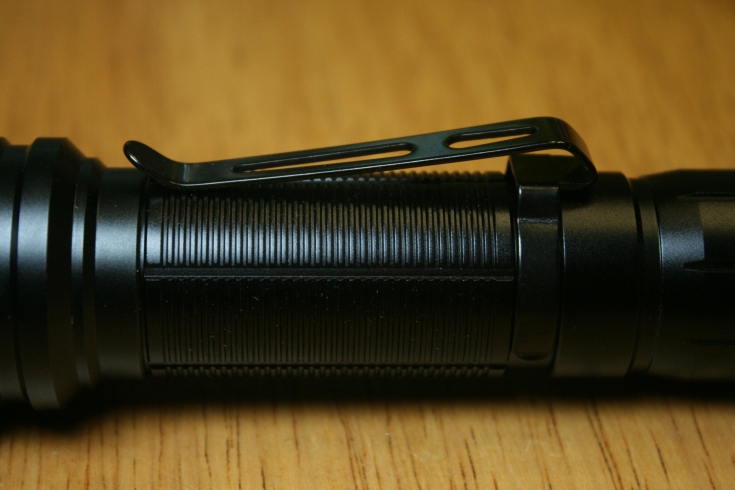
The body tube was thread locked to the head, and I wasn’t able to get them apart.
The head has no buttons, but does have a USB C charging port under a rubber flap. This flap is pretty thick, and attaches to the light with a large tab. It’s really secure in there compared to those flaps that are just attached with a little peg of rubber. A light pipe next to the port serves as a charge status indicator. The serial number is laser etched below the charge port, and “Ditac D2” is etched on the other side of the head.
The bezel of the light has light crenulations, and screws into the head to secure the optics assembly. The D2 uses a Luminus SST-40 emitter and an orange peel reflector. The lens is not AR coated. The emitter is well centered in the reflector thanks to a plastic centering gasket.

If you remove the bezel (which isn’t thread locked) and the optics assembly, you can see the MCPCB. It’s a weird one. Were it circular, it would be 17mm. It’s not though. There are several holes cut out of it, and only some of them are being used. If I had to guess (and I do) I’d say it’s probably designed to be used in several different models of flashlight to save on manufacturing costs. There’s a mystery wire coming up from below the shelf that’s soldered to a screw. I’m not sure what this is for. My first guess would be something to do with temperature control, but this light doesn’t have any.
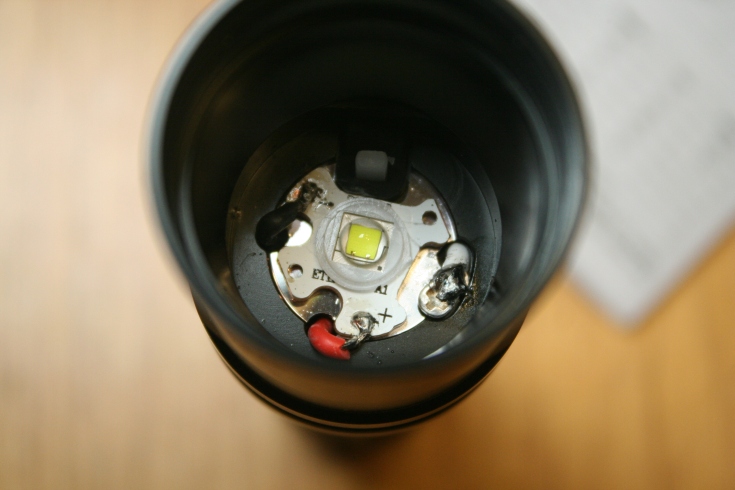
The overall build quality is good. It feels solid in the hand, everything is machined nicely, and even the charge port flap inspires confidence. Good job Ditac! Tailstanding would be nice though.
Wait, what?
A few minutes after posting this review, /u/tactical_grizzly pointed out that it’s straight up a Klarus light.
This is intriguing. It explains the great build quality, but makes everything else more confusing. What’s the difference? Internals? It almost seems like a ThruNite Wowtac situation, but even there, Wowtac lights were noticeably worse on the fit and finish. I’m confused.
Clip
It’s good. Thick steel, painted black. The arms that clip it onto the light are pretty thick; I couldn’t see it coming off accidentally.
Power
The D2 is powered by an included 2600mAh 18650 cell, but it can also take unprotected cells, though there’s a bit of cell rattle depending on what you’re using. LVP isn’t built into the light, but at around 3V, the light will start to flash, with the flashing increasing in speed as the voltage gets lower.
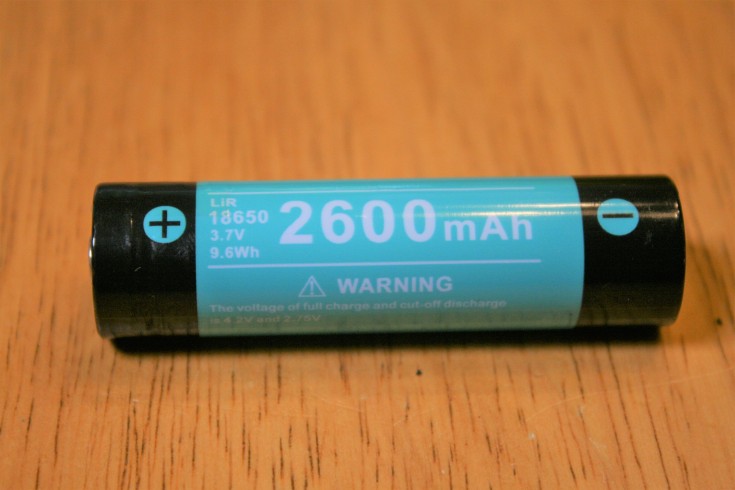
The light has built-in USB C charging. I don’t have a way of testing whether it’s capable of C to C charging. With the included cable it pulls 1A, which is a good charge rate for any 18650 cell. There’s a small indicator light pipe next to the charging port that shines solid red while charging, red and green flashing once it’s in the CV stage, and solid green when it’s done.
The included cell is a no-name cell with “EF04” on the wrap and a protection circuit on the positive end. The protection circuit is potted with some sort of rubber, and makes the negative connection with a metal tab spot welded to the side of the cell, and then covered with kapton tape.
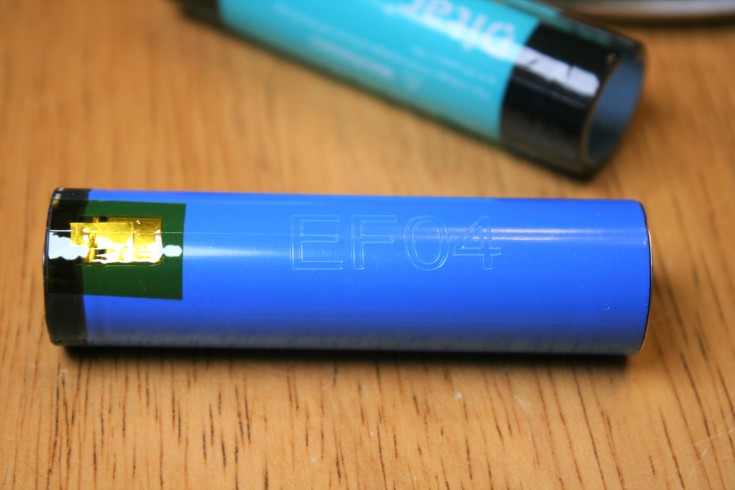
I don’t know how the light works electrically. There’s only one body tube, but it can be turned on by both the mechanical tailswitch and the paddle. That, and there’s a flash of light when you screw on the tailcap. This means there’s always power to the driver, but the resistance of the tailcap is about 1.3kohm whether the buttons are pressed or not, which is crazy high, considering most mechanical tailcaps are well under 1 ohm. That’s the only electrical path though, so it’s gotta be letting power through. Maybe there’s a driver in there?
Modes and UI
The Ditac D2 has four modes: Low, Medium, High, and Strobe. Or, rather, High, Medium, Low, and also Strobe. There’s no mode memory. The rubber mechanical tailswitch (forward clicky) powers on the light, and then the paddle can be used to step through the modes. From on, holding the paddle down for two seconds goes to strobe, and the paddle causes the light to go into strobe mode immediately if the main switch is off. Holding the paddle down for three seconds while in strobe, from either on or off, will lock the light into the strobe mode until either the paddle or the main switch is pressed.
The mode spacing is good for a tactical light. The lowest mode is 10 lumens, so between that and the no memory H>M>L, you won’t want to EDC it.
The Ditac D2 has a timed stepdown at 3 minutes. I don’t have the hardware to give you a runtime graph, but I can tell you that this timing is accurate, and has nothing to do with the temperature of the light.
Beam and Tint
(Note: The next section is pretty subjective. I’ve become snobby over the past five years, and beams can vary from light to light because not all LEDs are exactly the same.)
The D2 has a cool white beam, probably about 5500K. The OP reflector does a good job of smoothing it out. Beam artifacts are only visible if you spin the light. The beam profile is standard for a reflector light. I’d say it’s comparable to an SC64w HI as far as overall shape goes. That SST40 makes this light a little bit throwier than you might expect.
PWM is present on all modes, strangely enough. High and medium have a frequency of about 950Hz, and low has a frequency of about 1.6kHz. Both of these are slow enough to see with the naked eye.
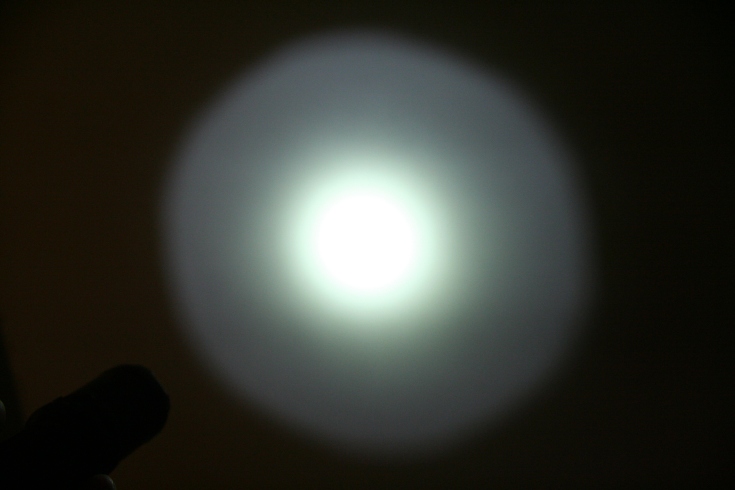
Modding Potential
(Note: Opening up and modifying your light will void your warranty. Don’t do this stuff if you don’t know how to do this stuff.)
Driver: ???
MCPCB: Tiny and weird.
The MCPCB is small and strange. You’d need to reflow onto it rather than swap the whole thing out.
Bottom Line
Pros:
- $30
- Complete package
- Good build quality
- Fun switch layout
- Maybe literally a Klarus light?
Cons:
- Cool white
- Flicker/PWM in all modes
Thanks for reading my review! If you have any questions, put them in the Reddit thread here:
https://old.reddit.com/r/flashlight/comments/qrxw73/review_ditac_d2_a_budget_light_with_a_familiar/?
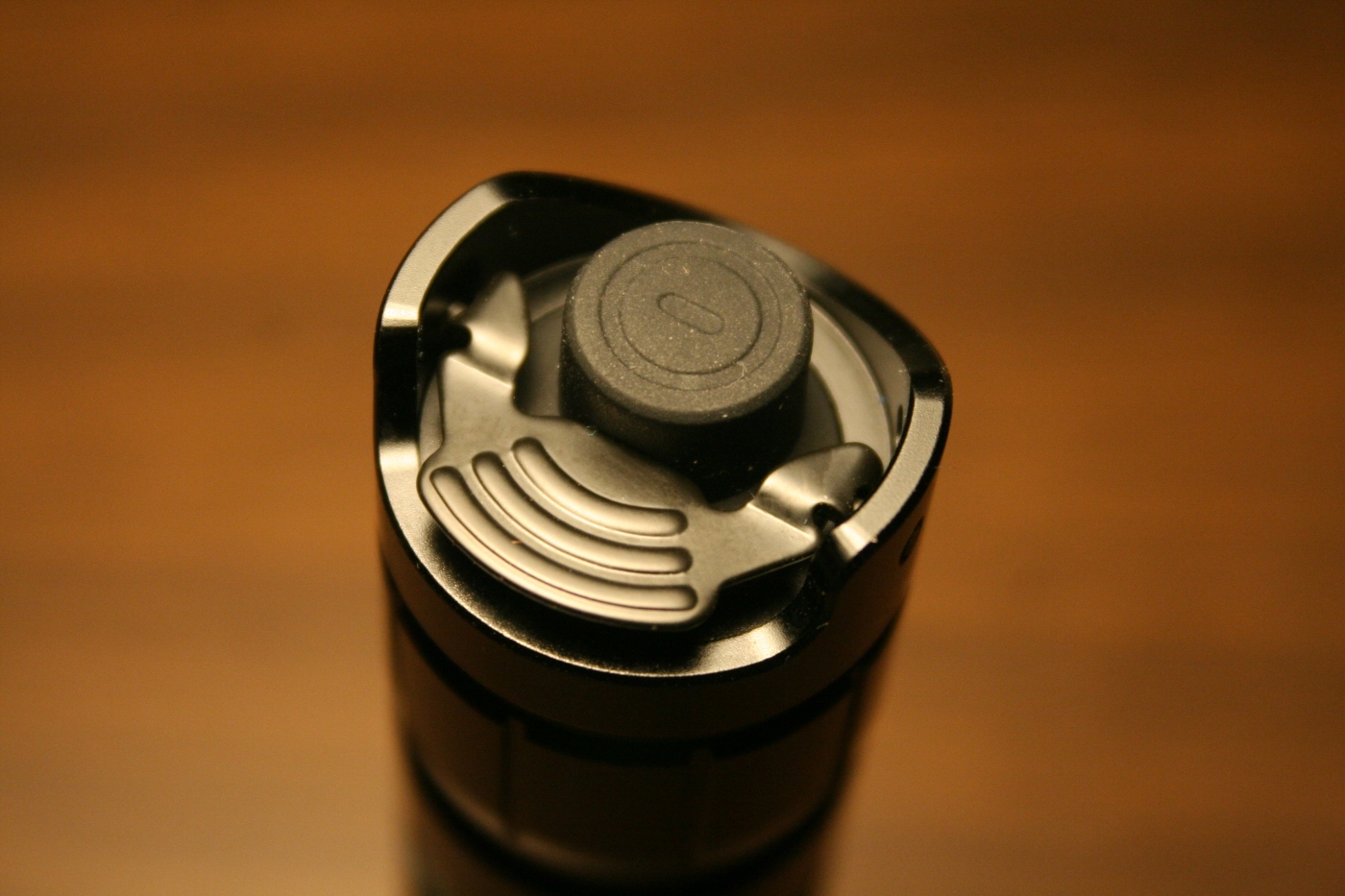





Leave a comment